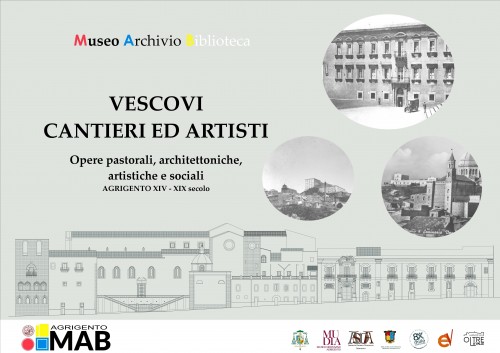Il percorso pone l'attenzione su alcune figure di vescovi protagonisti delle vicende storico-artistiche ed ecclesiastiche dei tre Istituti di cultura (Museo, Archivio, Biblioteca). Figure di vescovi ed ecclesiastici attivi sul territorio diocesano, vissuti in tempi diversi, con scelte pastorali, culturali e sociali differenti, in risposta alle diverse esigenze, ma che hanno lasciato un "prodotto" ecclesiale ricco, espressione della vitalità della Chiesa universale.
Il fervido clima culturale stimolato dai vescovi agrigentini nei secoli tra il XIV e XIX alimentò e si alimentò di un contesto più ampio, di cui il ricco patrimonio artistico e architettonico, giunto fino a noi, è viva testimonianza.
L’eredità architettonica ed artistica preservata nel tempo, è frutto di una committenza colta e lungimirante, che esprime la grandezza e la munificenza della Chiesa, che con l’azione pastorale e sociale ha contribuito alla crescita del territorio, anche attraverso la fondazione di istituzioni culturali ed assistenziali.
La vita culturale ed artistica del vasto territorio agrigentino, a partire dal Trecento e per tutto l’Ottocento, annovera importanti opere ecclesiastiche quali la Cattedrale, il Seminario, il Palazzo vescovile, il Collegio dei Santi Agostino e Tommaso, le Opere Pie Gioenine, il Seminario di Favara.
Ogni vescovo che è stato approfondito nel percorso affronta aspetti comuni con l'originalità propria, e risponde alle esigenze del tempo. Sono stati selezionati documenti dell’Archivio Capitolare, dell’Archivio Storico Diocesano, dell’Archivio delle Opere Pie Gioenine, dell’Archivio dei Santi Agostino e Tommaso e della Biblioteca Diocesana del Seminario.

